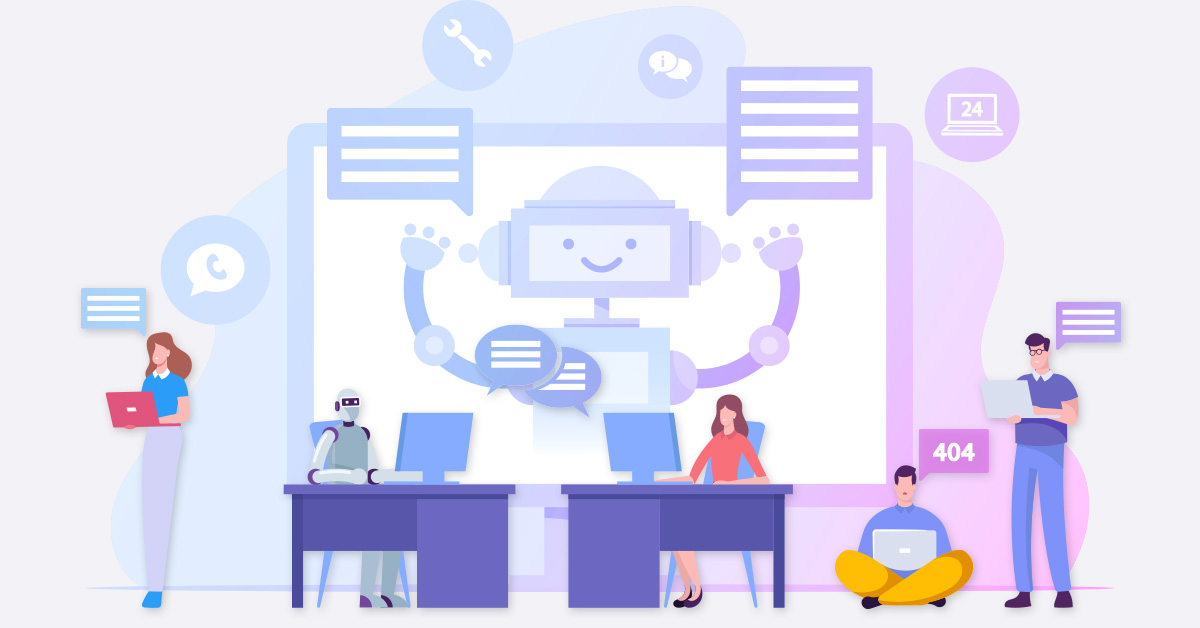Natural Language Processing
AI Vision Knowledge Engineering
We research technology that
understands and expresses
natural language in
financial documents and
verbal communication
with clients .

Intro
Today, we live in a time in which talking to machines is normal. In the morning, many of us are woken up by a virtual personal assistant. In the afternoon, a chatbot processes the civil complaint we filed. There may even be times we are fooled into thinking that the machine actually understands our emotions. understands our emotions. How then does a machine understand human language? Natural Language Processing (NLP) refers to the realm of AI technology in which a computer understands, processes, and “speaks” a human language. Research on NLP began in the 1950s, Warren Weaver first suggested the idea of machines translating between English and French based on a dictionary, which is known as “machine translation.” In the 1990s, this segued into studies on statistical methods and machine learning-based methods that utilize massive amounts of textual data. Recently, the advancement of deep learning technology has also been leading to international interest in the extraction of meaningful information from an immense quantity of text corpora and achieving state-of-the-art advancements in many NLP tasks.
What is NLP?
Since 2018, HIT has worked very hard to understand diverse NLP technologies specializing in the financial domain to deliver the latest developments to Hana Financial Group (such as deep learning).
The first key technology group in NLP is core foundational technologies, which carry out basic processing. The foundation technology in NLP is analyzing syntax of text, which includes morpheme analysis, part-of-speech tagging, and entity recognition, from diverse kinds of irregular domain text (consulting logs, regulations, etc.) news and community data.
The second area is Natural Language Understanding, which is made up of: meaning analysis/classification (analyzes what user wants or intends), topic/event extraction technology (analyzes periodic events or a certain incident or situation), machine learning, and sentiment analysis. The third area, text mining, includes keyword extraction, inter-textual relationship extraction, text similarity analysis, and text clustering technologies. Finally, information retrieval involves research of optimized index/search algorithms. This area also studies and develops technologies that: 1) define and learn ranking models of search outcomes, 2) search for information based on a Q&A system and 3) extract textual data from diverse types of internal or external data.

-
 NLP core
NLP core
foundational
technologies - · Morpheme analysis
- · Semantic analysis
- · Syntax analysis
-
· Pragmatic semantics
analysis
-
 Natural Language
Natural Language
-
· Irregular financial
text data - · News data
- · Social media text data
- Natural Language Processing
- · Intent analysis/classification
-
· Machine Reading
Comprehension (MRC) - · Topic/event extraction
- · Sentiment analysis
- Text Mining
- · Keyword extraction
- · Text similarity analysis
-
· Inter-textual relationship
extraction - · Text clustering
- Information Retrieval
- · Search optimization algorithm
- · IR-based Q&A
- · Ranking model/learning
- · Textual information extraction
Future Research
HIT is searching for ways to analyze and improve NLP technologies currently being used for financial chatbots and consulting assistants. Ultimately, the goal is to internalize NLP technology in a more sophisticated format and to create a text-based data-providing environment that satisfies both customers and employees. To achieve these goals, HIT will continue to develop new technologies that apply deep learning and reinforcement learning while also creating and packaging solutions for the establishment and operation of systematic services. Cooperation between divisions in HIT investment, data science, and computer vision is expected to create synergy and result in the development of better financial services.
